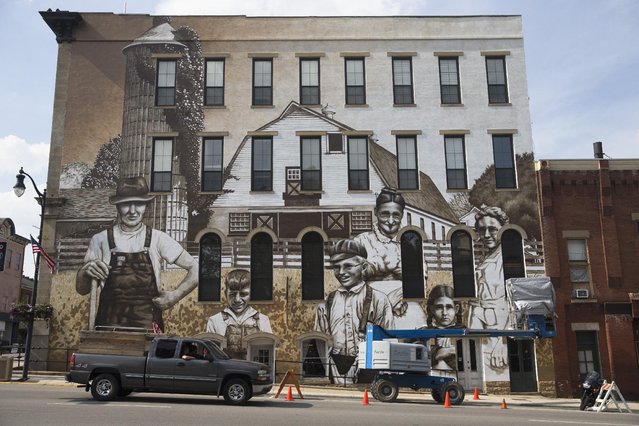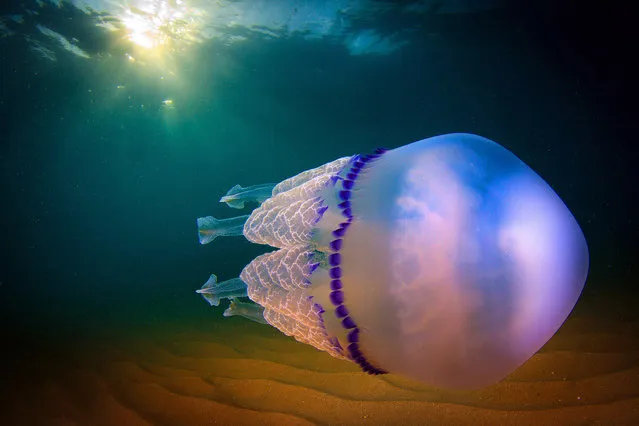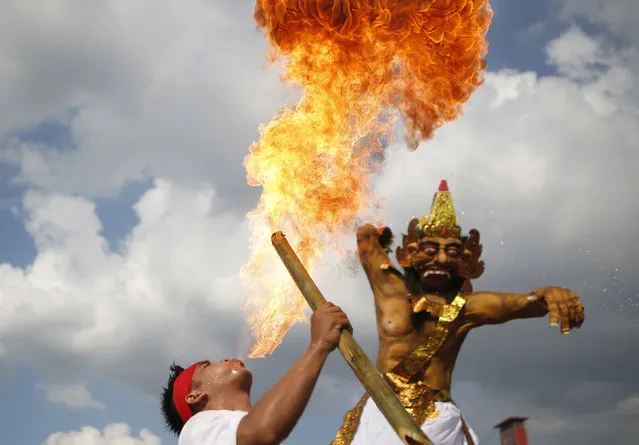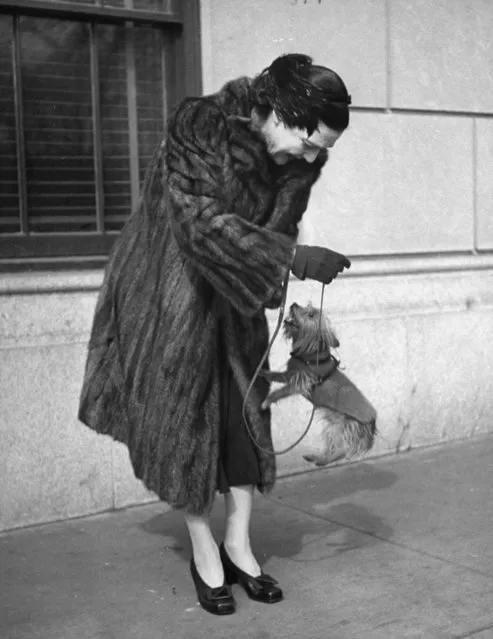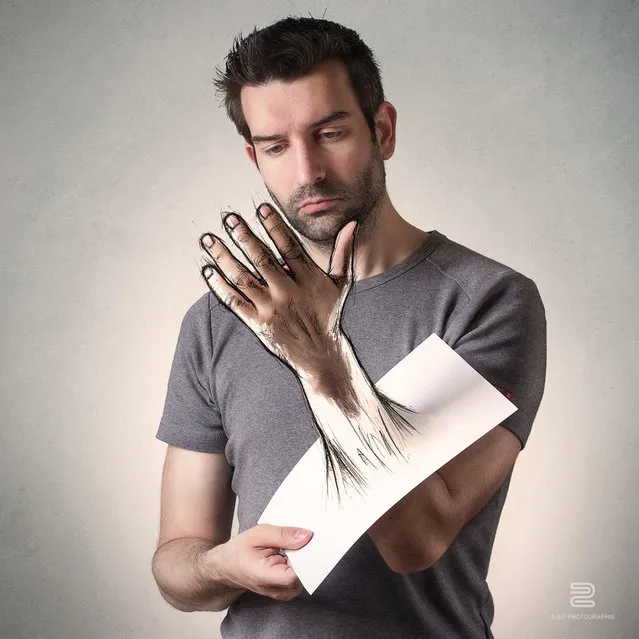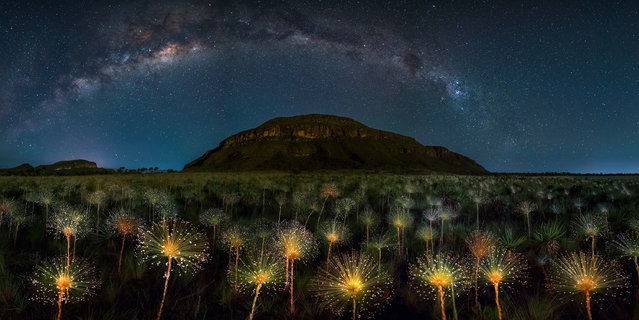
The Epson International Pano awards showcase the work of the best panoramic photographers from around the world. Here: “Paepalanthus at Moonlight” Veadeiros Tablelands, Brazil. (Photo by Marcio Cabral/Epson International Pano Awards 2017)
24 Nov 2017 05:04:00,post received
0 comments


